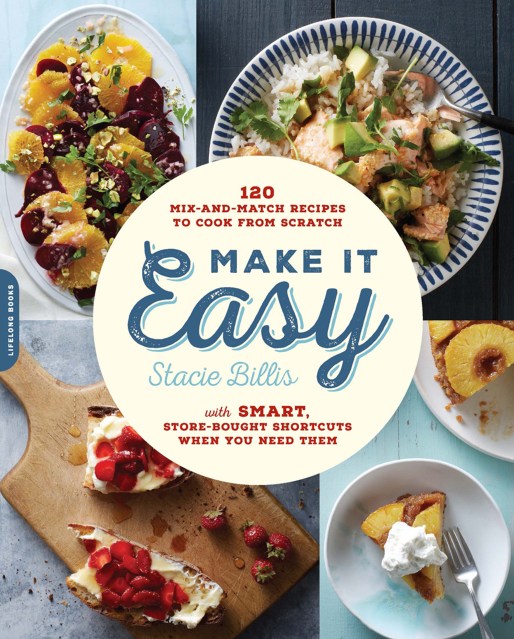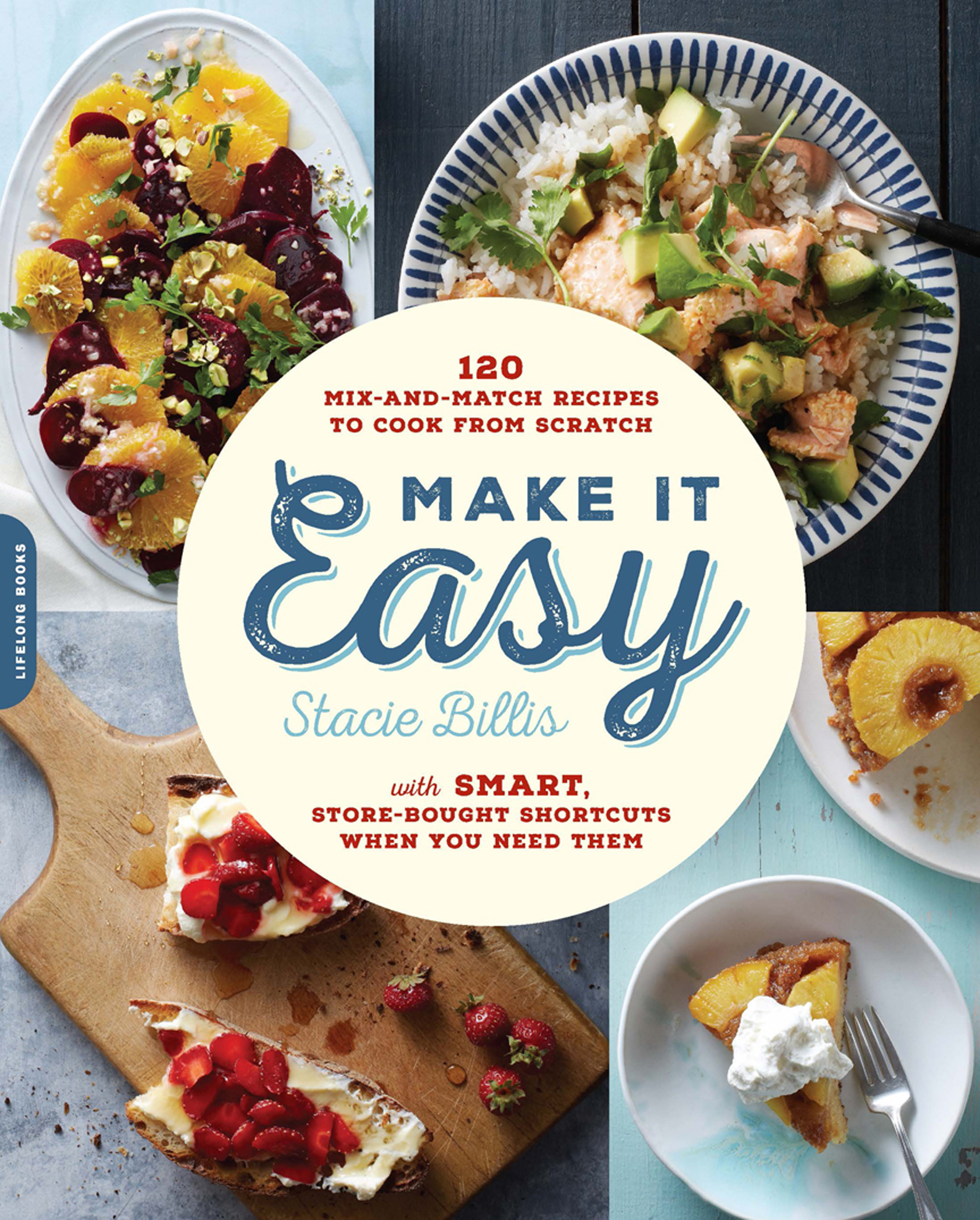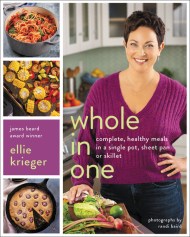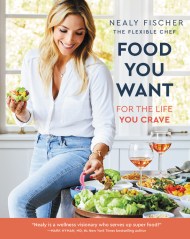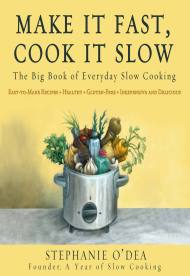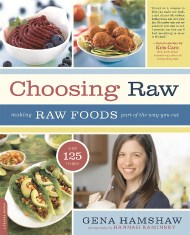Promotion
Use code MOM24 for 20% off site wide + free shipping over $45
Make It Easy
120 Mix-and-Match Recipes to Cook from Scratch -- with Smart Store-Bought Shortcuts When You Need Them
Contributors
Formats and Prices
Prices
- Sale Price $4.99
- Regular Price $15.99
- Discount (69% off)
Prices
- Sale Price $4.99 CAD
- Regular Price $20.99 CAD
- Discount (76% off)
Format
Format:
- ebook $4.99 $4.99 CAD
- Trade Paperback $24.99 $32.50 CAD
This item is a preorder. Your payment method will be charged immediately, and the product is expected to ship on or around May 10, 2016. This date is subject to change due to shipping delays beyond our control.
Also available from:
When you’re juggling a job, kids, pet, house, spouse, you-name-it — it can be tough to resist the urge to toss a frozen meal in the oven and call it a day. Stacie Billis knows the challenge of feeding your family well, without stress. Make It Easy‘s 120 recipes prove that you don’t have to be only a scratch cook or convenience cook. You can be both, and there’s no shame in using store-bought ingredients when you’re in a pinch. Stacie’s got a guide to the healthiest shortcuts in the supermarket and three big tips for making it easy:
1. Go between scratch and homemade with her handy shopping guide.
2. Mix and match recipes that build on the same ingredients.
3. Break any rule that makes you want to bolt from your kitchen.
With recipes for: Blueberry Almond Polenta, Country-Style Greek Salad, Slow Cooker Hoisin Pulled Pork, No-Fuss Roasted Paprika Chicken, Chili-Rubbed Steak Tacos, Salmon Rice Bowl, Parmesan Roasted Broccoli, Easy Food Processor Pizza Dough, Gingered Peach Crisp, Hummingbird Muffins, Bacon Cheddar Waffles . . . and many more!
Genre:
-
Parents.com, 6/9/16
“Make It Easy will help you get an appealing and relatively healthy dinner on the table without breaking a sweat.”
Library Journal, 7/1/16, starred review
“[An] intelligent guide….The book will enable every aspiring cook to create healthy meals from scratch and provides advice on how to best stock your pantry with quality shortcuts that can make a cook's life easier…The recipes are practical, easy to follow, and delicious…Thoughtful, forthright prose and creative cooking ideas that will appeal to a range of cooks makes this ideal for the beginner who seeks inspiration and confidence.”
- On Sale
- May 10, 2016
- Page Count
- 272 pages
- Publisher
- Da Capo Lifelong Books
- ISBN-13
- 9780738218878
Newsletter Signup
By clicking ‘Sign Up,’ I acknowledge that I have read and agree to Hachette Book Group’s Privacy Policy and Terms of Use
